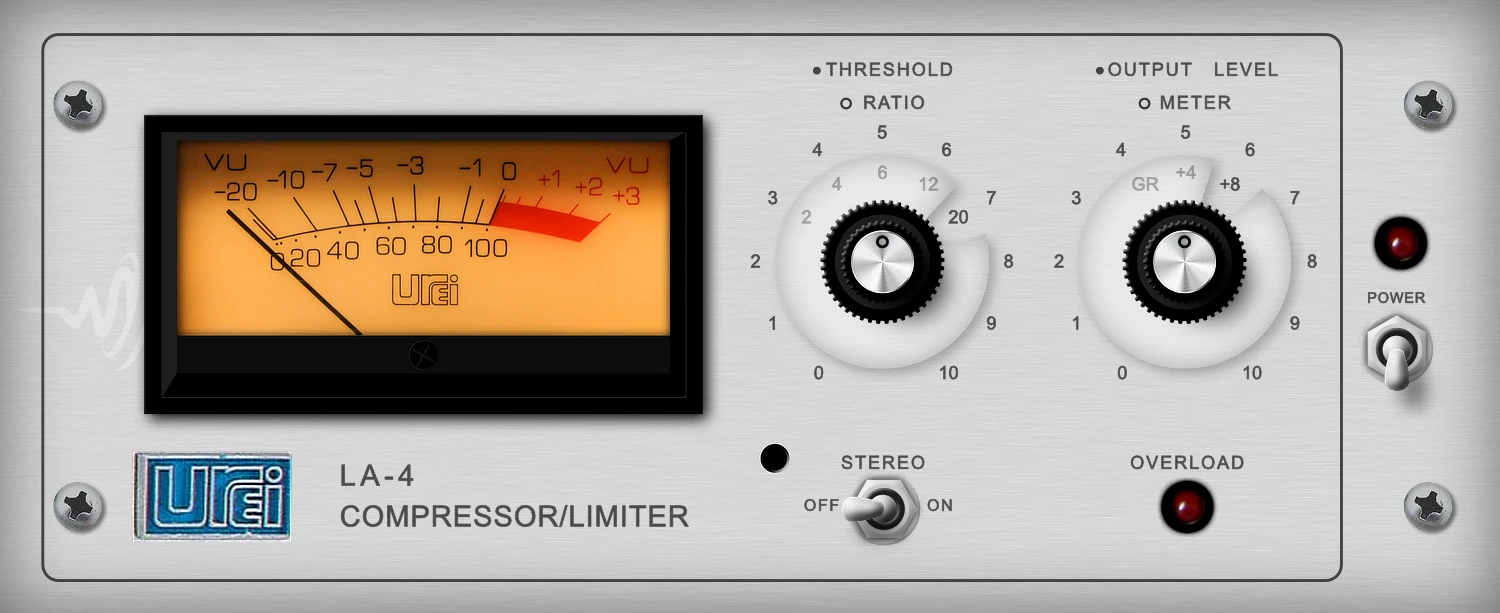Israel Kamakawiwo’ole’s tender medley of Somewhere Over the Rainbow and What a Wonderful World is one of the most recognisable and beloved recordings in music history. Yet, its creation was surprisingly impromptu and stripped-down, relying on minimal equipment and the sheer beauty of Iz’s voice and ukulele.
The session took place in 1988 at Audio Resources Honolulu, with engineer Milan Bertosa at the helm. Iz arrived at 3:30 in the morning after a late-night call requesting studio time. Though Bertosa was exhausted from a long day, he gave Iz just 15 minutes to record. What followed was a single, uninterrupted take that would become a classic.
The setup was remarkably simple. Bertosa used two Neumann KM84 microphones: one positioned above Iz’s ukulele, slightly up the neck to avoid capturing its characteristic “bark note,” and the other for his soft yet commanding vocals. The signals passed through the studio’s Harrison MR4 console, with minimal EQ – just a touch of high-pass filtering, a slight high-frequency boost, and a small dip around 400 Hz for the ukulele. A UREI LA-4 compressor gently smoothed the vocals, and the recording went straight to 2-inch tape on an MCI JH-24 machine.
The following morning, Bertosa mixed the track, employing an Orban stereo compressor and a Klark-Teknik DN780 reverb to add subtle depth without losing the intimate, live feel. He preserved the natural ambience of the room, even leaving in details like the clicking of Iz’s fingernails on the ukulele strings, which became part of the recording’s charm.
At the time, the demo was simply stored away, with the original 2-inch tape wiped. It wasn’t until Iz was working on his second solo album, Facing Future, in 1992 that producer Jon De Mello decided to include the raw demo recording on the album. Its simplicity – Iz’s soaring tenor paired with the gentle strum of his ukulele – captured the medley’s emotional power and proved that less is often more.
Released in 1993, Facing Future became a phenomenon, making Iz the first Hawaiian artist to achieve over a million sales in the US. The medley’s global success soared as it was featured in films, commercials, and TV shows, creating an enduring legacy.
The track remains a testament to the power of music created in its purest form. For Milan Bertosa, it was a career-defining moment, proving that sometimes, the most magical recordings come from the simplest of setups and the most genuine of performances.





